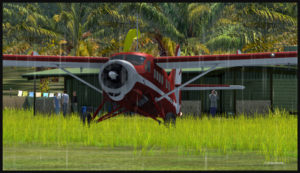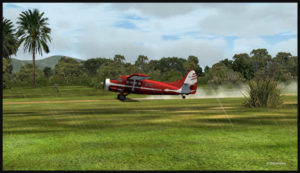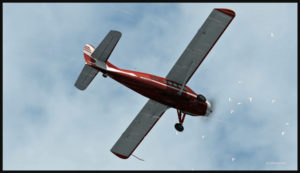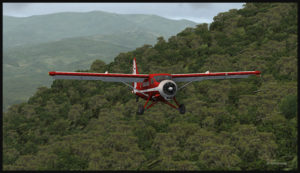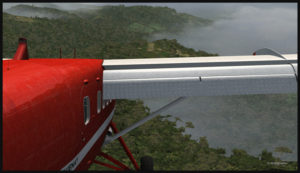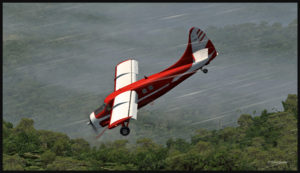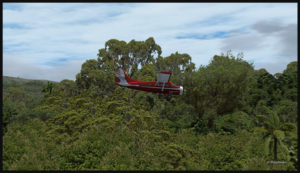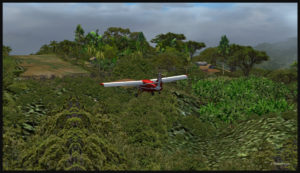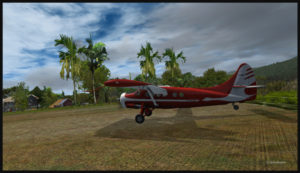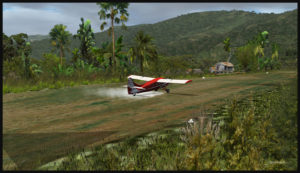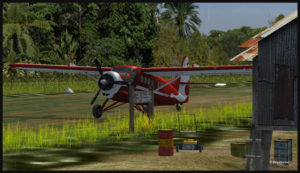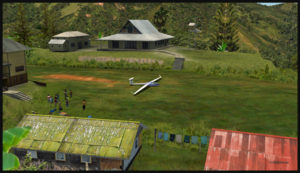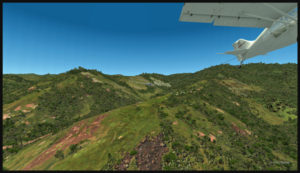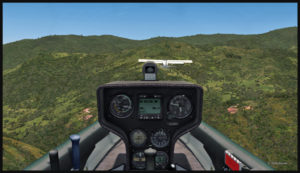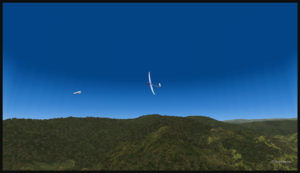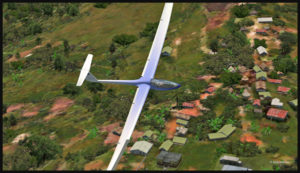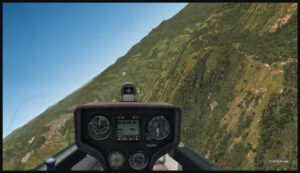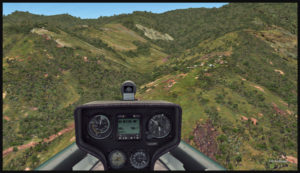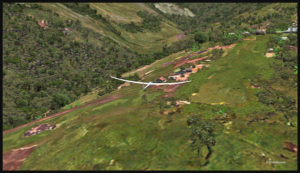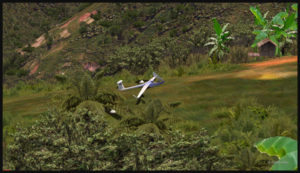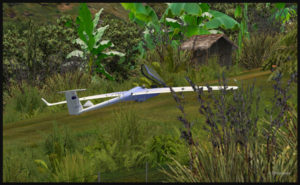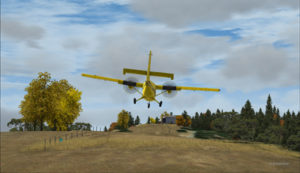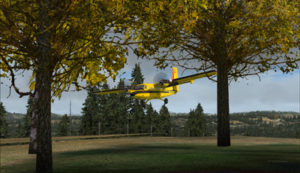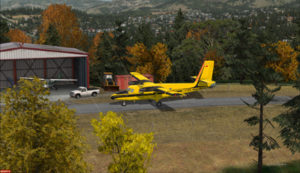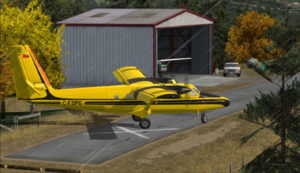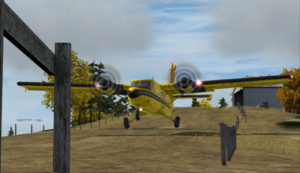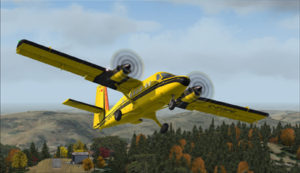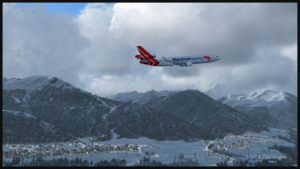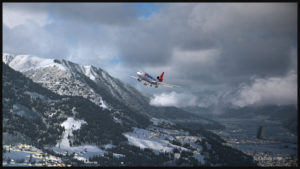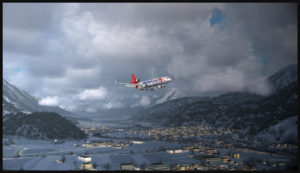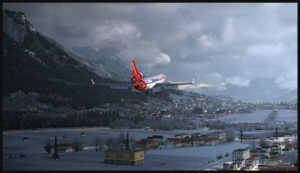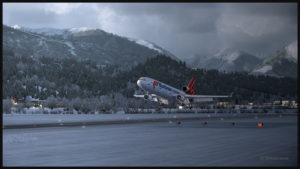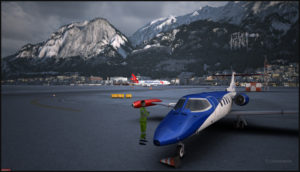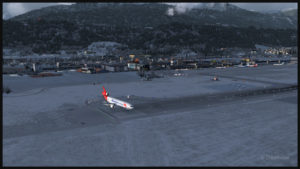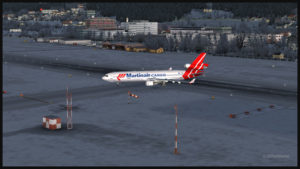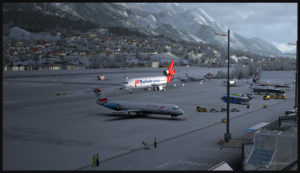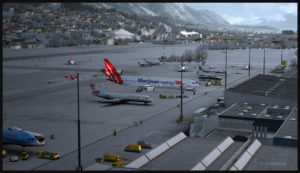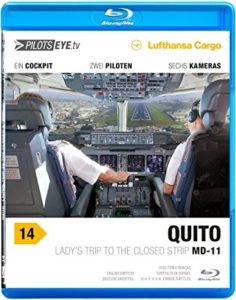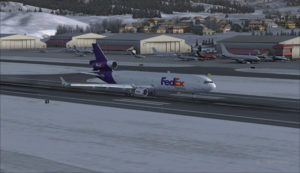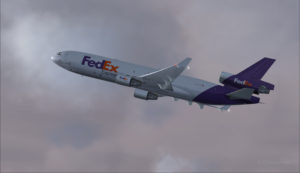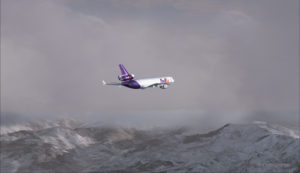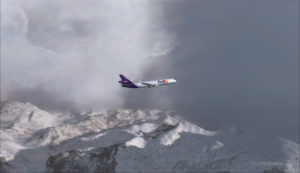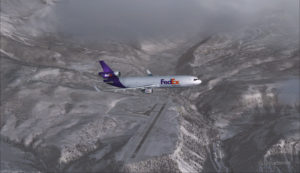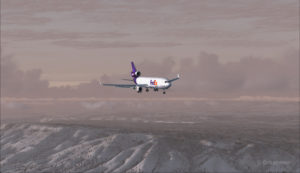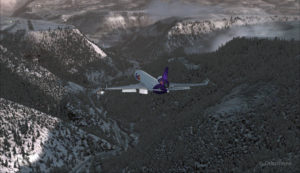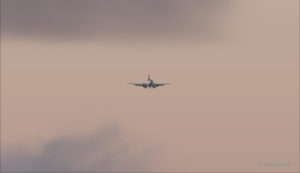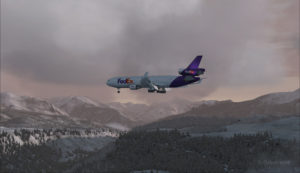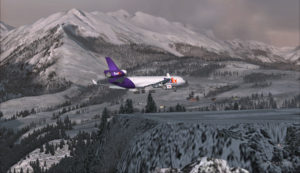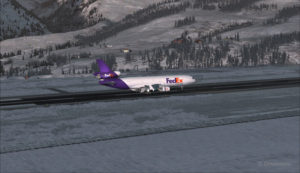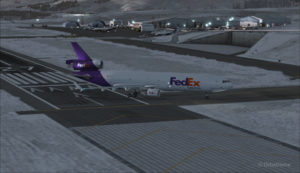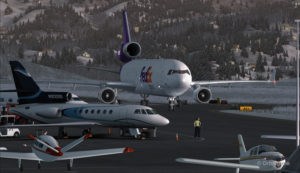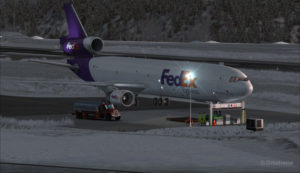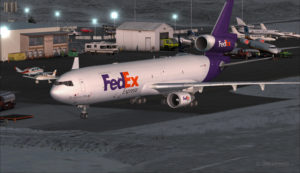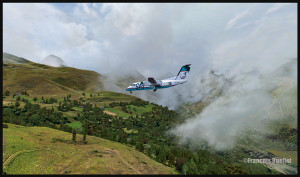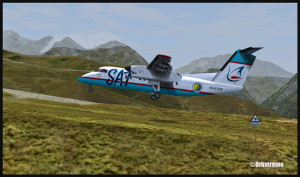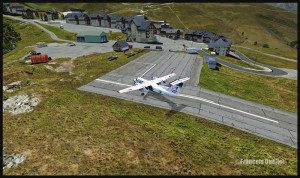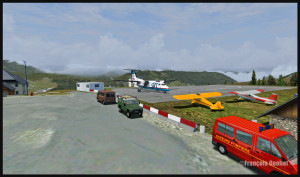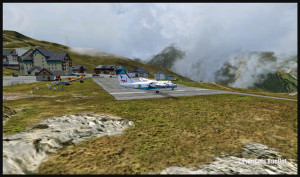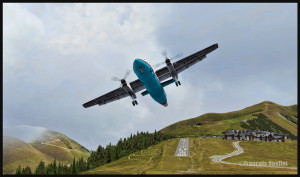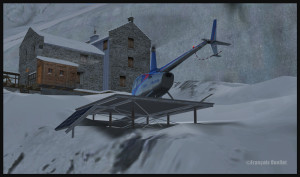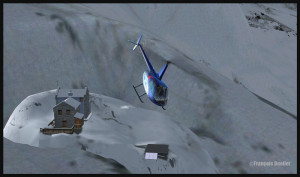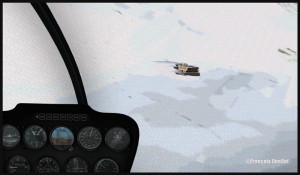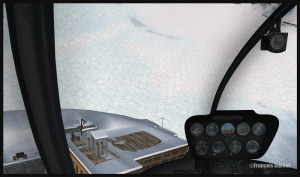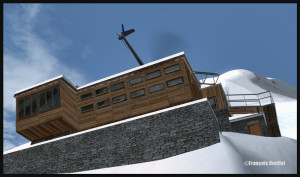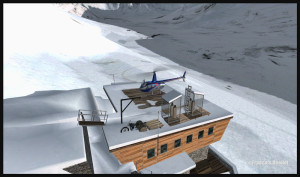
The book “J’étais le pilote de Hitler” tells a true story that was originally published in 1957. The 2020 French edition, presented and annotated by Claude Quétel, improves our understanding of Hans Baur, one of the founders of Lufthansa in 1926, Hitler‘s personal pilot, but also a high-ranking Nazi SS officer and a close friend of the Führer.
The information offered by Hans Baur is of great interest. Early in Hans Baur’s career, the pilots doing what he did were called aviation pioneers. At the time, planes contained virtually no air navigation instruments that could assist a pilot flying in difficult weather conditions. The Alps are tricky to fly through in good weather, so it gets a lot more challenging in bad weather and in a poorly equipped plane. If we add the freezing conditions, engine failures, cabins that are not heated and that are not equipped with devices providing supplemental oxygen to pilots, then there are flights that would be considered something like an “exploit”. This aspect of the book is therefore very interesting.
I also liked all of Hans Baur’s anecdotes about Hitler’s demands on him. Being a pilot for the Führer was no small task. Hitler had very high expectations regarding the performance and the punctuality of his personal pilot, and the latter certainly demonstrated extraordinary abilities to satisfy his superior.
Where we have to be wary is that we are still dealing with an SS pilot, who was a member of the Nazi organization before Hitler took power. We have to question his personal values and what he voluntarily neglected in his book. The regular massacres carried out during Barbarossa Operation in Russia, or the elimination of six million Jews, are not discussed, as the SS pilot maintains he was never involved in politics. He carried passengers without asking questions, but he had chosen Nazism as a political movement. When you are invited to Hitler’s table on a daily basis and are therefore part of his inner circle, it is clear that the Nazi represented by Hans Baur is speaking about more than piloting.
The experience in Russian prisons is described as inhuman by Hans Baur, who has been there ten years. He talks about the transport of German prisoners in cattle cars, very bad food, etc. But I couldn’t help but wonder what planet he lived on to denounce his condition as a prisoner while ignoring the treatment the Germans imposed on the Russians and all the people who were deported and massacred. The Einsatzgruppen were not altar boys. Moreover, Claude Quétel also questioned this remark from Hans Baur, adding that “although very harsh, the living and working conditions in the Soviet camps have nothing to do – as we sometimes read – with those of the German concentration camps.”(p.381).
There are also some inaccuracies and sometimes falsehoods that Claude Quétel does not hesitate to point out. Sometimes these are trivial errors resulting from poor memory. However, other important facts are downright inaccurate. As in this passage where Baur says that Hitler decided to attack Russia four weeks before the start of the war, which is not true. The conquest of the East and of more living space is specifically enunciated in Mein Kampf and is spoken of in a book written while Hitler was in prison in 1923 following a failed coup.
Conclusion
The book « J’étais le pilote de Hitler » is a very interesting book, one more about Nazi Germany. The history of Germany is fascinating and complex, from the time of the Holy Roman Empire to the present day. But it seems that it will always be the twelve years of the Nazi period that will achieve more success in bookstores.
Have a good read!
Click on the link for other books on war in my blog.
Click on the link for other books on aviation pioneers in my blog.
Title : J’étais le pilote de Hitler
Author : Hans Baur
Edition : Perrin
© 2020
ISBN : 978-2-262-08168-3
